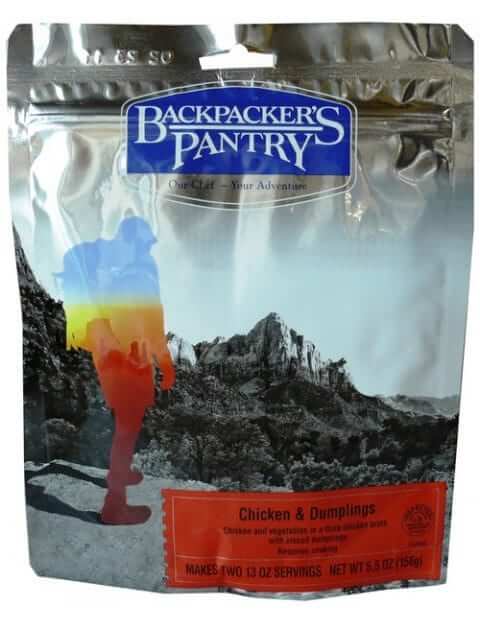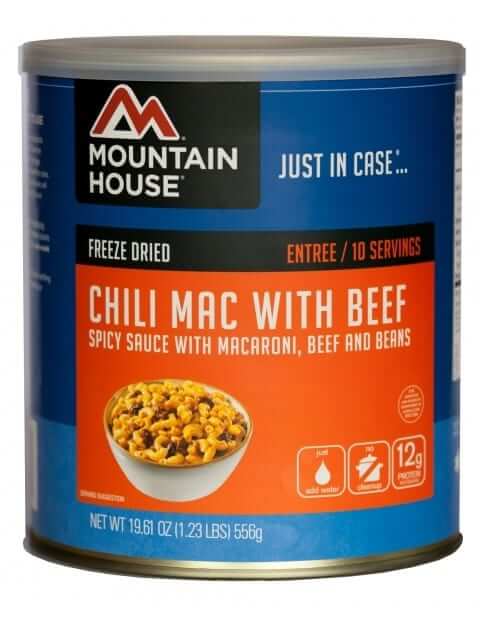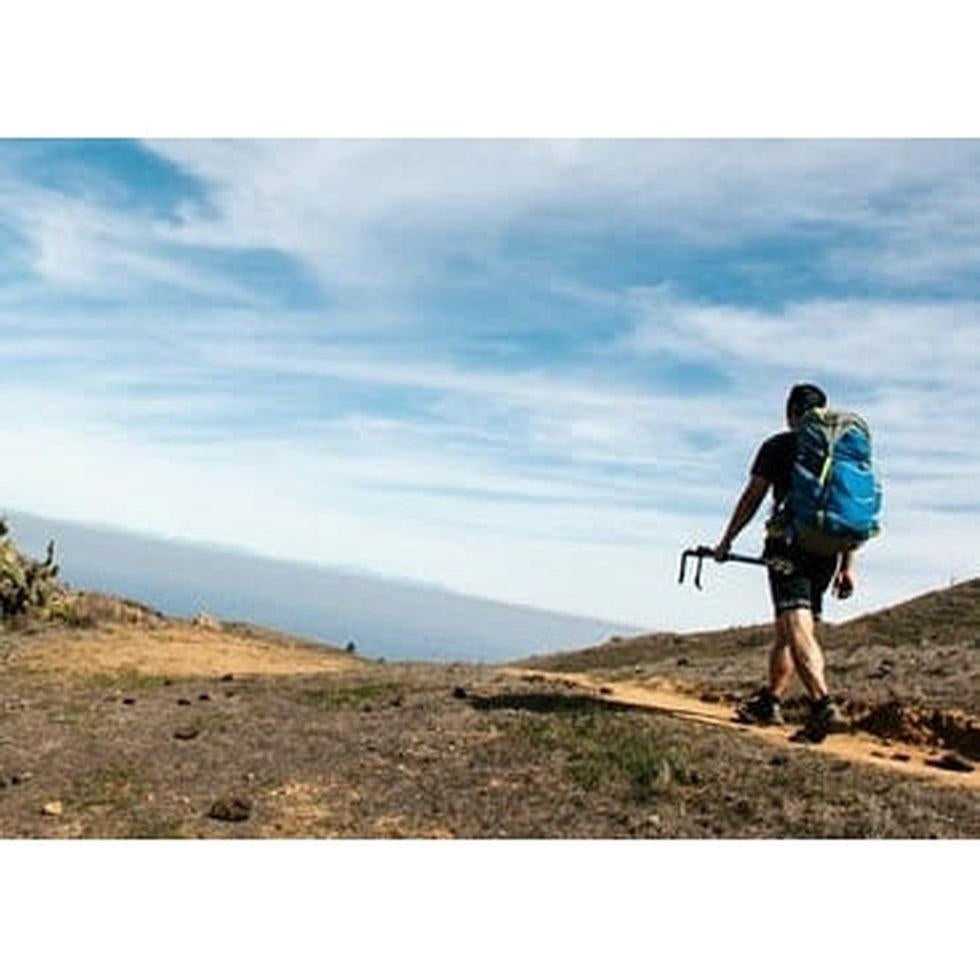While some people say backpacking season is ending for the winter, outdoorspeople know that autumn can be a great season for backpacking. That’s why we have researched backpack meal planning to make your autumn outdoors season even more enjoyable!
Food should give you the nourishment you need for the trail. Depending on your exertion and size, one person should plan between 1.5 and 2.5 lbs. of food, or 2,500 to 4,500 calories for each day. Be wary of over packing, which will only weigh down your pack as you try to enjoy the outdoors.

Outside of staying with complex carbohydrates and proteins, there are several factors in backpack meal planning:
- Simplicity: Only experienced camp chefs can ignore this rule. Take foods easy to prepare, and pack foods that don’t need cooked, just in case your stove breaks.
- Weight and bulk: Choose lightweight, low-bulk foods to save effort and space. Repackage foods into Ziploc bags.
- Water Access: Learn about where you’re backpacking to determine which foods would be best.
- Price: Energy foods and freeze-dried meals may be costly but are useful when you’re too exhausted to cook after a long, active day.
- Freshness: Fresh food spoils quickly. Opt for dried fruits and nuts to give your muscles steady energy.
- Dry Foods (rice, pasta, drink mixes), Dehydrated Foods (fruits), Freeze-Dried Foods, and Canned Foods (tuna, soups, vegetables) are useful and long-lasting.
- Spices: Pack salt, pepper, cayenne pepper, lemon pepper, crushed red pepper, garlic powder, basil, cumin, cinnamon, or other spices to make backpacking food more tasteful.
- Fuel: Pack enough fuel to cook potatoes, pasta, quinoa, rice, or similar foods that need a long time to cook.
Keeping these factors in mind, our favorite backpacking breakfast meals range from energy bars to eggs, sausage, pancakes, instant hot cereal, and tea and coffee.
Some of our best lunch meals on the trail are fast and easy to prepare; a complicated break for unpacking, preparing, and cleaning and repacking take too much time from hiking. It’s wiser to graze throughout the day on small, energy-boosting snacks, like dried fruits, jerky, nuts, or energy bars.
We see backpacking dinner meals a reward after an active day. Even if you’re too weary for complicated cooking, there are still options. We like pasta, tuna, meats, packaged meals, and spices. The variety of instant foods is endless: stuffing, soups, potatoes, sauces, and more.

Backpack Meal Planning With Appalachian Outfitters
There is always the option to purchase pre-made backpacking meals. We carry some of our favorite lines, including Backpackers Pantry, Mountain House, Good To Go, and Alpine Aire. Visit our store to see these meals for yourself and learn more about backpack meal planning!
*Featured image photo credit: http://indefinitelywild.gizmodo.com/
